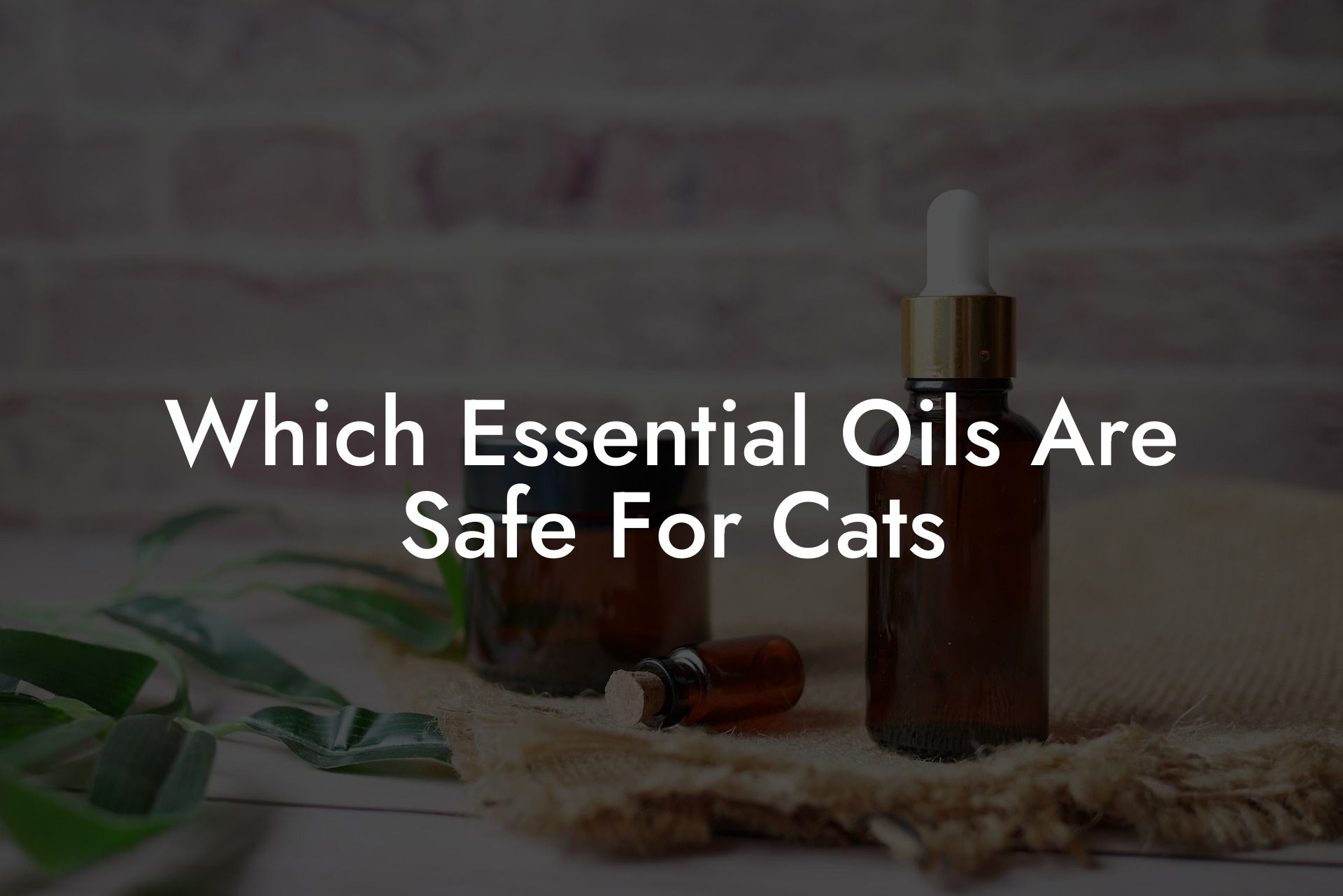As a cat owner and essential oil enthusiast, it is natural to want to share the benefits of essential oils with your beloved feline companion. However, not all essential oils are safe for cats. In this comprehensive guide, we will explore which essential oils are safe for your cat and how to use them effectively, ensuring the well-being of your furry friend while enjoying the benefits of aromacology.
Table of Contents
Why Some Essential Oils Are Unsafe for Cats
Cats lack certain liver enzymes, making it difficult for them to metabolize and eliminate certain compounds found in some essential oils. This can lead to a buildup of toxins and may result in liver damage, toxicity, or even death. Therefore, it is important to know which oils are safe for use around cats.
Safe Essential Oils for Cats
While there are a number of essential oils that are unsafe for cats, there are also several oils that can be used safely and provide benefits for both you and your feline friend. The following essential oils are recognized as being safe for cats when properly diluted and used in moderation:
- Lavender: Known for its calming properties, lavender can help relieve stress and anxiety in both humans and cats. It can be diffused or applied topically in a carrier oil to the tips of your cat’s ears or their bedding for relaxation.
- Frankincense: This oil has anti-inflammatory and immune-boosting properties that can support your cat’s overall health. It can be used topically or diffused in small amounts around your cat’s living space.
- Cedarwood: Cedarwood oil can help repel fleas and other pests from your cat. Mix a few drops with a carrier oil and apply it to their bedding or collar for effective pest control.
How to Use Essential Oils Safely with Cats
When using essential oils with your cat, it is crucial to follow these safety guidelines:
- Always dilute essential oils with a carrier oil, such as coconut oil or almond oil, before using them on your cat. A general guideline is to use one drop of essential oil per tablespoon of carrier oil.
- Never apply essential oils directly to your cat’s face or near their eyes, nose, or mouth.
- Use a water-based diffuser instead of a heat-based one, as heat can break down the properties of the essential oil and increase the risk of respiratory irritation for your cat.
- Start with a low concentration of essential oil and watch for any adverse reactions from your cat, such as excessive drooling, vomiting, or difficulty breathing. If any of these symptoms occur, discontinue use immediately and consult with your veterinarian.
Which Essential Oils Are Safe For Cats Example:
Imagine using lavender essential oil, one of the safest options for cats, to create a calming atmosphere in your living room during a thunderstorm. First, ensure that the essential oil is properly diluted with a carrier oil. In your water-based diffuser, add the diluted lavender oil and allow it to disperse throughout the room. Your cat may begin to display less anxiety as the calming scent of lavender fills the space. Remember to always observe your cat for any unusual behavior or signs of distress and adjust your essential oil use accordingly.
Now that you have a better understanding of which essential oils are safe for your feline companion, you can confidently incorporate them into your daily routine while also considering your pet’s safety. We encourage you to explore other informative guides on our Oshu Oils blog, where you will find a wealth of information on essential oils and aromacology. Additionally, be sure to check out the Oshu Oils range of essential oils, specially crafted to promote balance and overall well-being. Feel free to share this article with fellow cat owners and essential oil enthusiasts so they, too, can provide the best care for their feline friends.





















